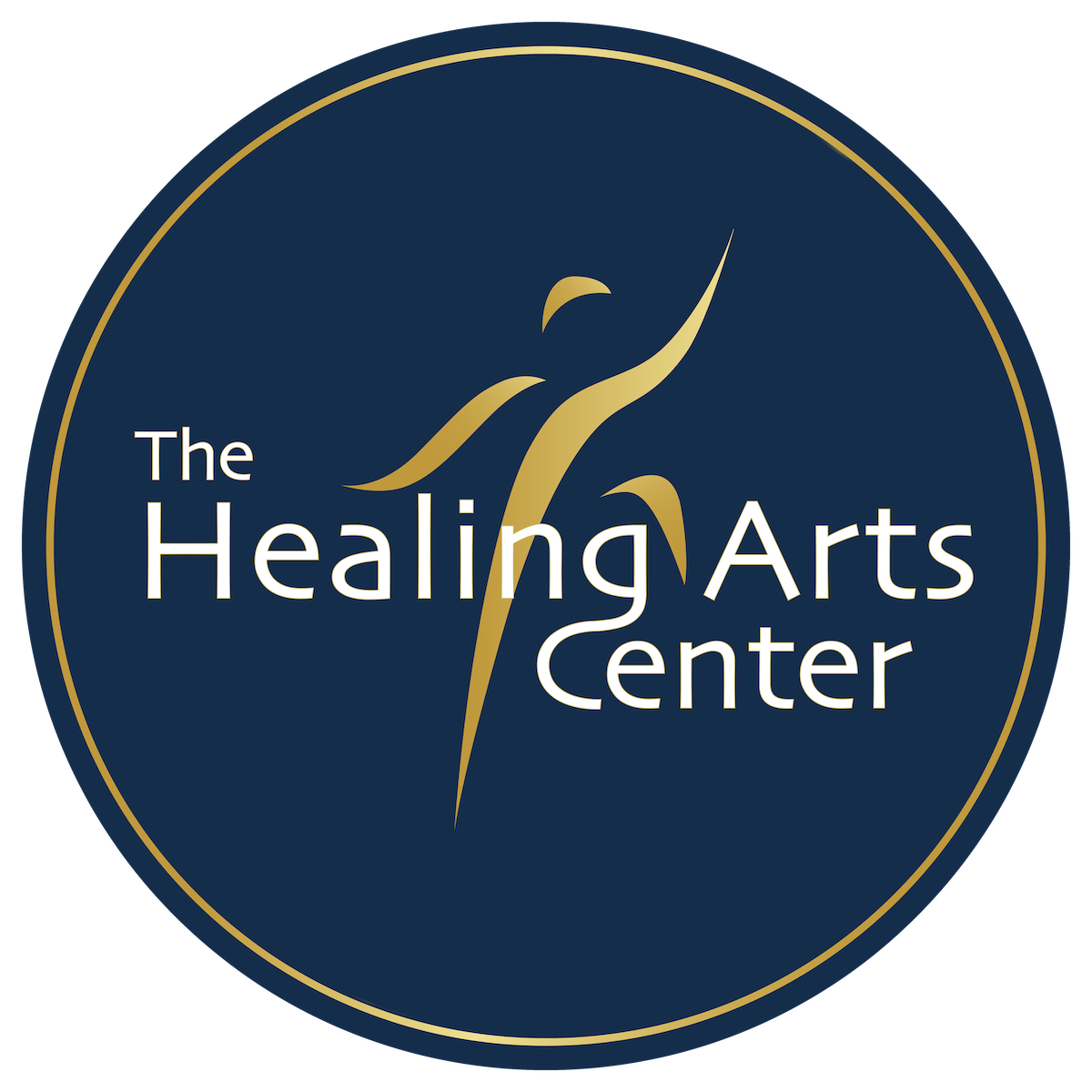
Pain Management
Whether it’s a fresh injury or has been chronic for years, Acupuncture can trigger both pain relief and healing to get you back to living your normal life. Numerous studies have shown Acupuncture can reduce inflammation, increase range of motion, shorten healing times and reduce the reliance on pain medications.
Our practitioners use multiple Acupuncture techniques including trigger point release, dry needling, electro-acupuncture (e-stim), Tung and Tan styles, as well as cupping and gua sha. We let the research guide us on the best techniques for the injury or pain in front of us, all the while adding in points to reduce stress and allow for better rest so the body has a greater capacity to heal itself.
“In a 2-year survey of over 89,000 patients published in 2016, 93% of patients said that their acupuncturist had been successful in treating their musculoskeletal pain.”
Acupuncture has been shown to:
Relieve pain in acute and chronic low back, mid back and neck pain as well as sciatica
Reduce the severity and frequency of acute migraine and chronic tension headaches
Relieve pain & inflammation in any type of joint pain, especially:
osteoarthritis of the knee
tennis elbow (epicondylitis)
carpal tunnel syndrome
frozen shoulder
hip dysplasia
Increase energy, promote rest and decrease pain in fibromyalgia and other polymyalgias
Acupuncture Can Also Treat
TMJ and Jaw Pain
Sports Injuries & Recovery
Post-Operative Pain
Peripheral Neuropathy
Post-Herpetic Neuralgia
Plantar Fasciitis
Restless Leg Syndrome

Start Your Journey
to Being Pain Free
FAQ
How often do I need treatment?
For acute pain, multiple treatments per week may be needed to help get the severe pain and injury under control. For more chronic issues, we usually start with two treatments the first week then do weekly from there.
When will I see results?
This is very dependent on the injury/pain and how long it’s been around. Some people experience immediate relief, but generally it takes a couple of treatments for relief that lasts to occur. Studies show good results at 4 treatments and peak results begin between 8-10 treatments.
Do the needles just go where it hurts?
Yes and no. There are many styles of acupuncture. Some use more direct needling, others use points far away from the pain to change how the brain perceives the pain. Both have been shown in studies to be effective. Your practitioner will choose the best style for the pain or injury presented and work with you in finding a treatment that works and lasts.
Research
Vickers, A. J., Cronin, A. M., Maschino, A. C., Lewith, G., MacPherson, H., Foster, N. E., et al. (2012). Acupuncture for Chronic Pain. Archives of Internal Medicine, 172(19), 1444
“Acupuncture is effective for the treatment of chronic pain and is therefore a reasonable referral option. Significant differences between true and sham acupuncture indicate that acupuncture is more than a placebo.”
Yin, C., Buchheit, T. E., & Park, J. J. (2017). Acupuncture for chronic pain: an update and critical overview. Current Opinion in Anaesthesiology, 1
“mounting evidence supports the effectiveness of acupuncture to treat chronic low back, neck, shoulder, and knee pain, as well as headaches. Additional data are emerging that support the use of acupuncture as an adjunct or alternative to opioids, and in perioperative settings.”
Linde K, Allais G, Brinkhaus B, Fei Y, Mehring M, Vertosick EA., Vickers A, White AR. Acupuncture for the prevention of episodic migraine. Cochrane Database of Systematic Reviews 2016, Issue 6. Art. No.: CD001218. DOI: 10.1002/14651858.CD001218.pub3
“The available evidence suggests that adding acupuncture to symptomatic treatment of attacks reduces the frequency of headaches … the available trials also suggest that acupuncture may be at least similarly effective as treatment with prophylactic drugs.”


